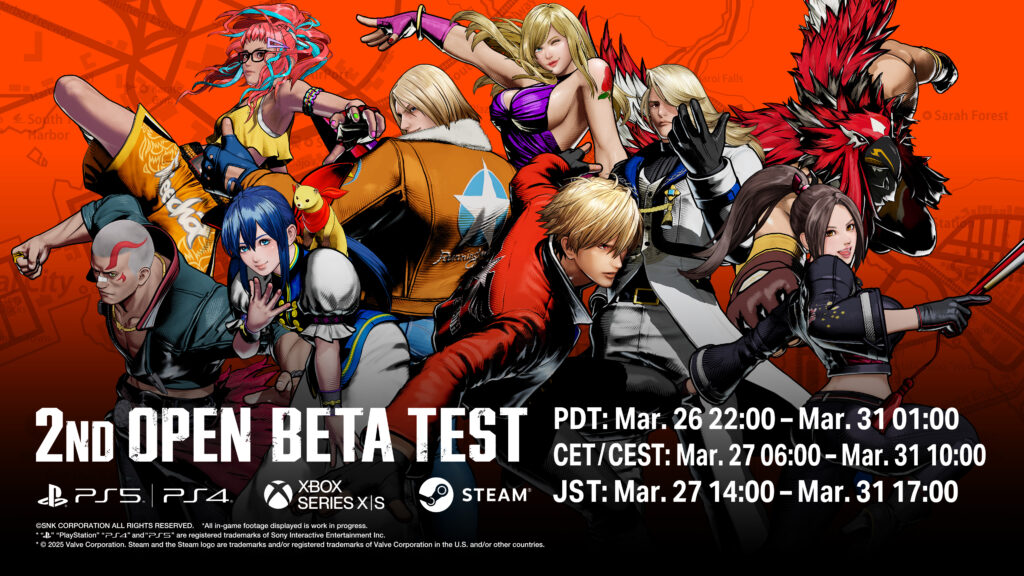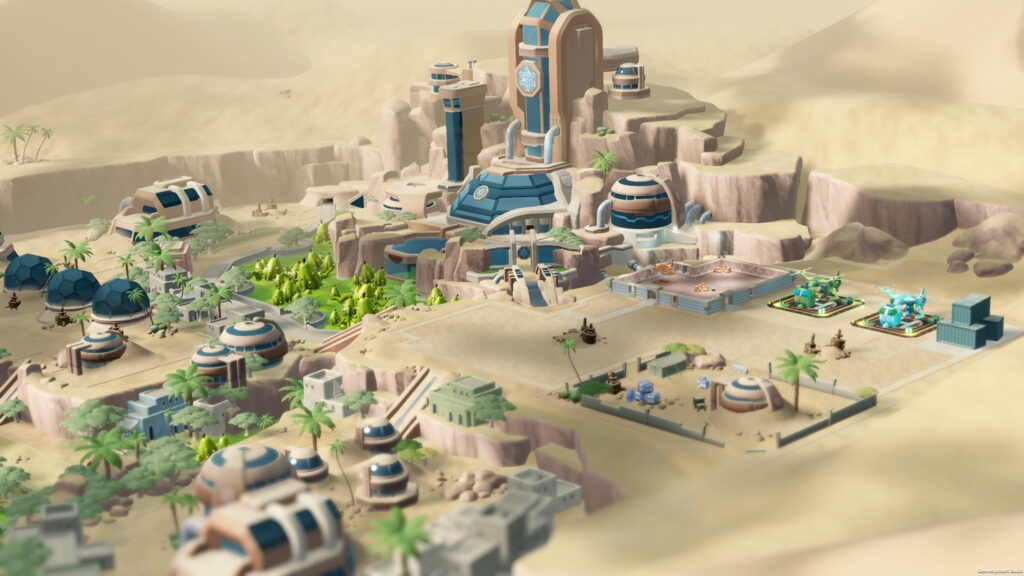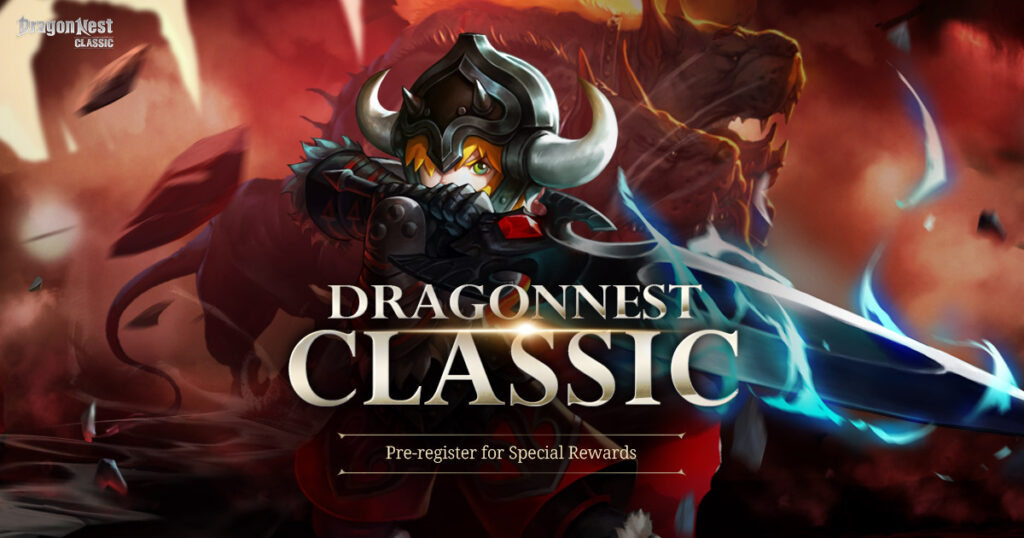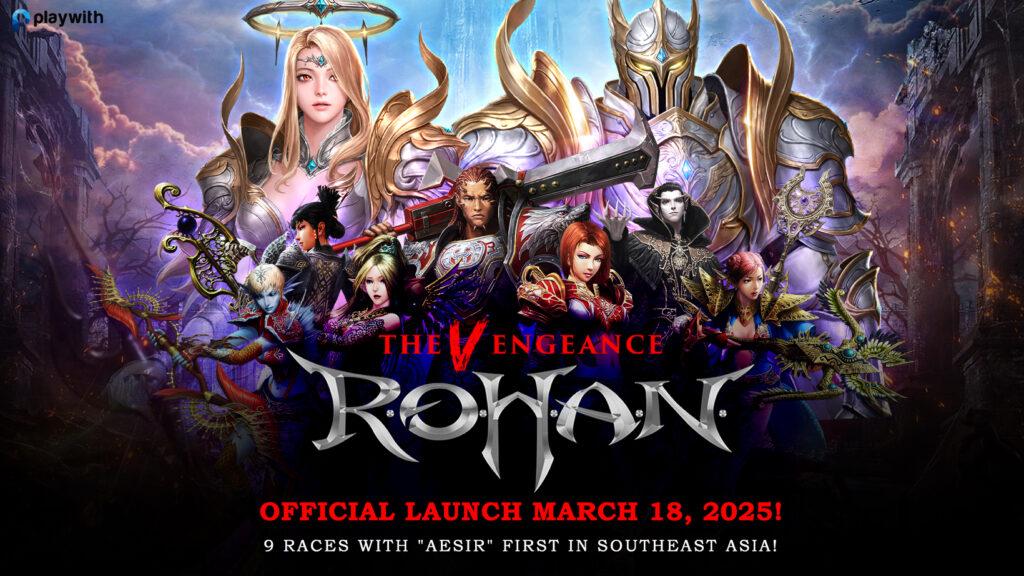Bear witness to the Dragon of Dojima’s prelude to his curtain call.
This game is a great example of an extra episode of a hard crime J-Drama, and probably one of the best preludes to a curtain call for a character I’ve seen in a long while. The last hurrah for a beloved character who saw the series from start to finish and whom we’ve accompanied through the series’ ups and downs and everything in between.
This is Fredo of EXOSIA Project bringing you my review of Like A Dragon Gaiden: The Man Who Erased His Name!
[Introduction of the game]
Like A Dragon Gaiden: The Man Who Erased His Name is a game released by SEGA that serves as a Special Episode (SP) of sorts of a J-Drama series that links and clarifies plot points in the game series. It comes from a long-running series that started way back on the PlayStation 2 which boasts a long, interwoven story about the feuds between various criminal organizations.
[Story]
From the start, you’re given a view of how Kiryu, now going on by the alias Joryu, handles life far away from Okinawa, far from Haruka, Yuta, Haruto, and the orphanage kids. His dreary life is on a proverbial leash in the Daidoji Group, handling things from the shadows which he signed himself to after faking his death at the end of Yakuza 6. After some run-ins with the remnants of the Watase Family and running afoul of them, another massive movement underground threatens both the Daidoji and Watase Families, including the Omi Alliance. Will he find resolution within this brewing turmoil or will he land in even more misery?
The story’s pacing marches on just right, allowing the main story and substories to mingle really well, even the others that might’ve come out of nowhere. The seriousness of the main story might look awkward compared to some of the substories that stick outright comedic, but it’s like everyday life which can go from serious to hilarious in a heartbeat. The delivery of the answers is done in such a way that everything clicks into place like dominoes between the other games.
[Graphical Delivery]
From the daily ambiance to the loud nightlife in Sotenbori and Kamurocho, it gives a good feeling to walk in the streets of the place and the environments reflect the changes of the times really well, showing changes between the times when the protagonists come and visit. Some places became grimy and showed age, while some were as gorgeous as they were the first time.
The game’s graphics work really well in conveying the insane underbelly of Kamurocho and Sotenbori’s criminal underworld in all its forms, from the streets of both cities to the stuff hidden in alleyways, the perceivable inner workings of what was then Japan’s hidden criminal underbelly, and delivers it in good form that lets this title stand alongside its siblings in good quality.
[Music]
The music is just as great as the earlier titles, serving to frame the scene they appear in even during the most insane substories which will leave you laughing, or in the case of a certain one, surprised. The tone is kept intact and even underlined by the music, keeping the hype or seriousness or even the dreadfulness of the scene the track is used in.
Even on minigames, from the Pocket Circuit, to even the gambling halls in the Castle—that got me tapping my feet! From the first battle all the way to the Coliseum in The Castle, it has a good soundtrack list, which if a DLC is coming out, I’d definitely get that as well.
[Gameplay]
It plays well, perhaps taking inspiration from The Kaito Files DLC of Lost Judgment in terms of refinement, as observed in the reduction of the goofy ragdoll physics of both Joryu and the enemies when being bashed around, though it’s not as much to the sweet spot for me yet. The combat is really engaging with two styles streamlining the upgrade process meta-wise and keeping people on their feet on the gameplay.
The sidequests are a hoot considering how random some of them are—like collecting seven golden balls for one request and another getting yourself busted time and time again by an old Osakan lady. Even the gambling sections of the game are fun and frustrating at the same time.
[Content Value]
It has multiple minigames that could keep you occupied such as the Pocket Circuit, the various SEGA games in the arcade, the golf minigame, and the plethora of sidequests, adding up to a great time for both completionists and those playing for the story and enjoyment. With multiple difficulties available, players can challenge themselves bit by bit, allowing for really long play times for all difficulties.
For its price tag of P1,795.00, considering the content and a long playtime with various difficulties, minigames, and substories, it is worth the buy and you might feel like getting more than you paid for.
[Conclusion]
Summing it all up, Like A Dragon Gaiden: The Man Who Erased His Name earns its place really well in the story’s timeline, by merits of solid gameplay and storyline, it is overall a great title to play. In the immortal words of Joe Bob Briggs from TNT’s MonsterVision, “Four and a half stars! Check it out!”
[Extras]
| THE GOOD | THE BAD | |||||
|
Solid, Well-written Story
Killer Soundtrack Multiple Minigames Two Styles Keeping It Simple |
Sudden Difficulty Spike
Later Akame Quests Bosses Can Get Cheap
|
|||||
| SCORE | BREAKDOWN | |||||
|
8.8
|
||||||
| Story | 9 | |||||
| Graphical Delivery | 8.5 | |||||
| Music | 9 | |||||
| Gameplay | 8.5 | |||||
| Content Value | 9 | |||||
| Excellent | ||||||
REVIEW COPY PROVIDED BY SEGA
REVIEWED ON PC















